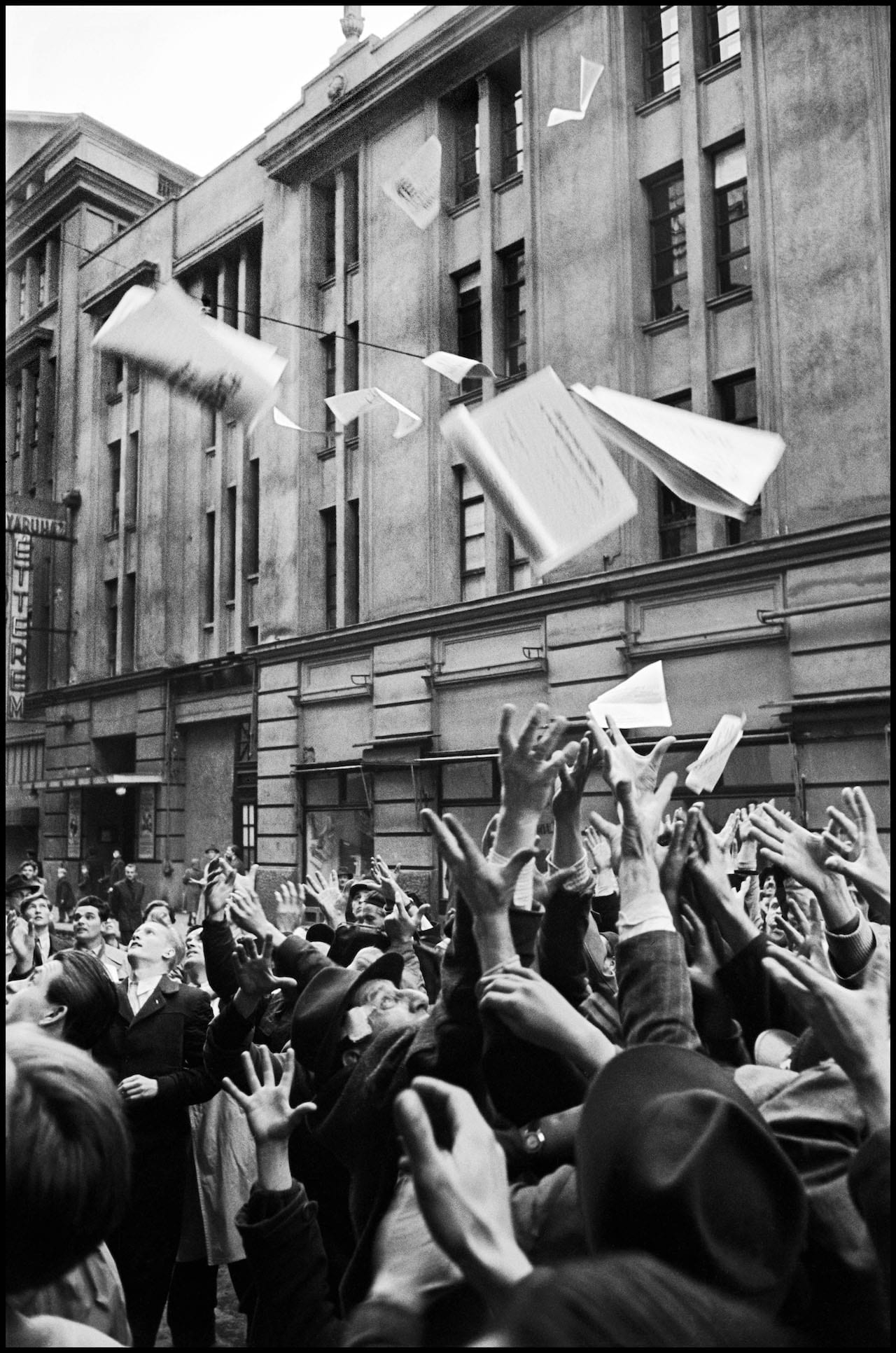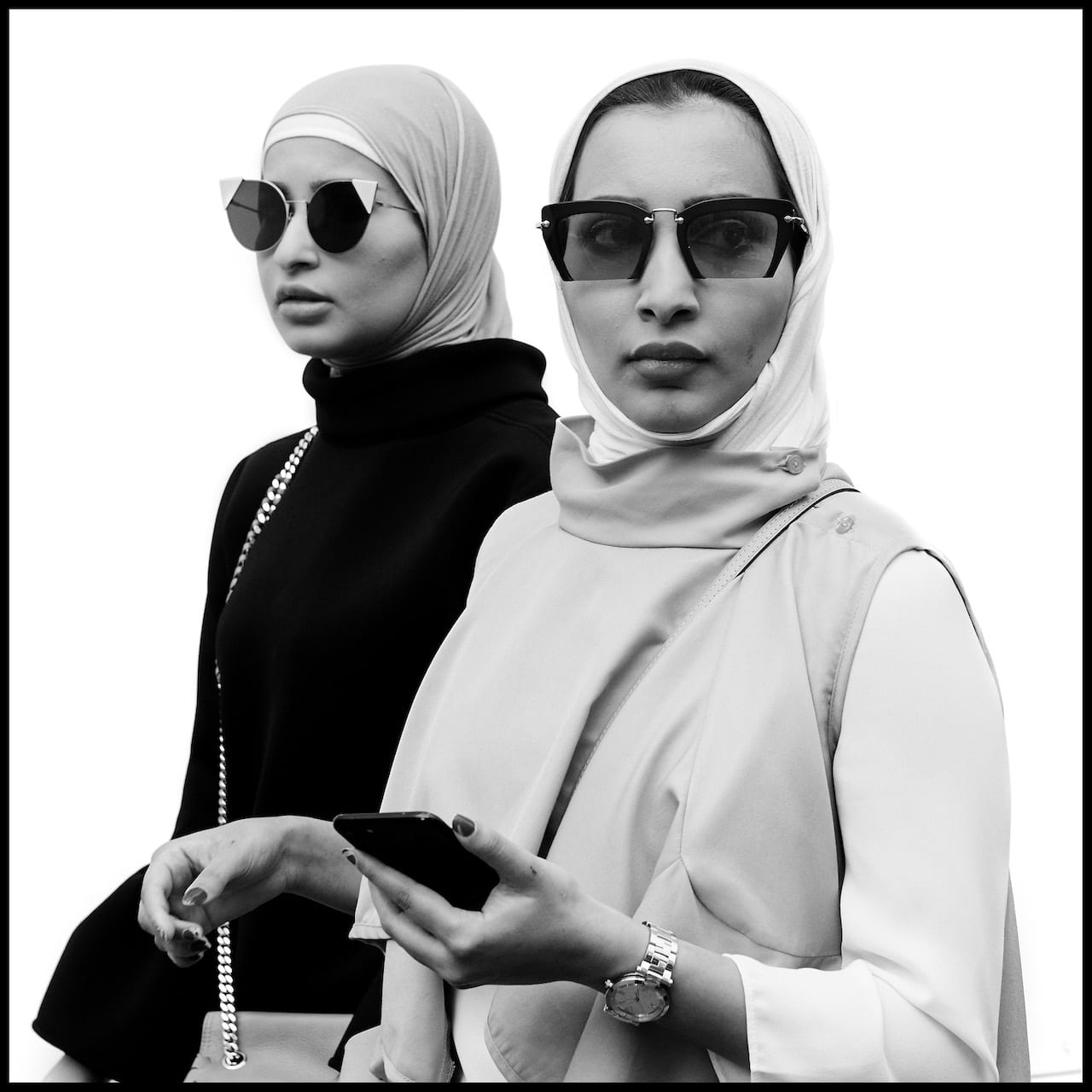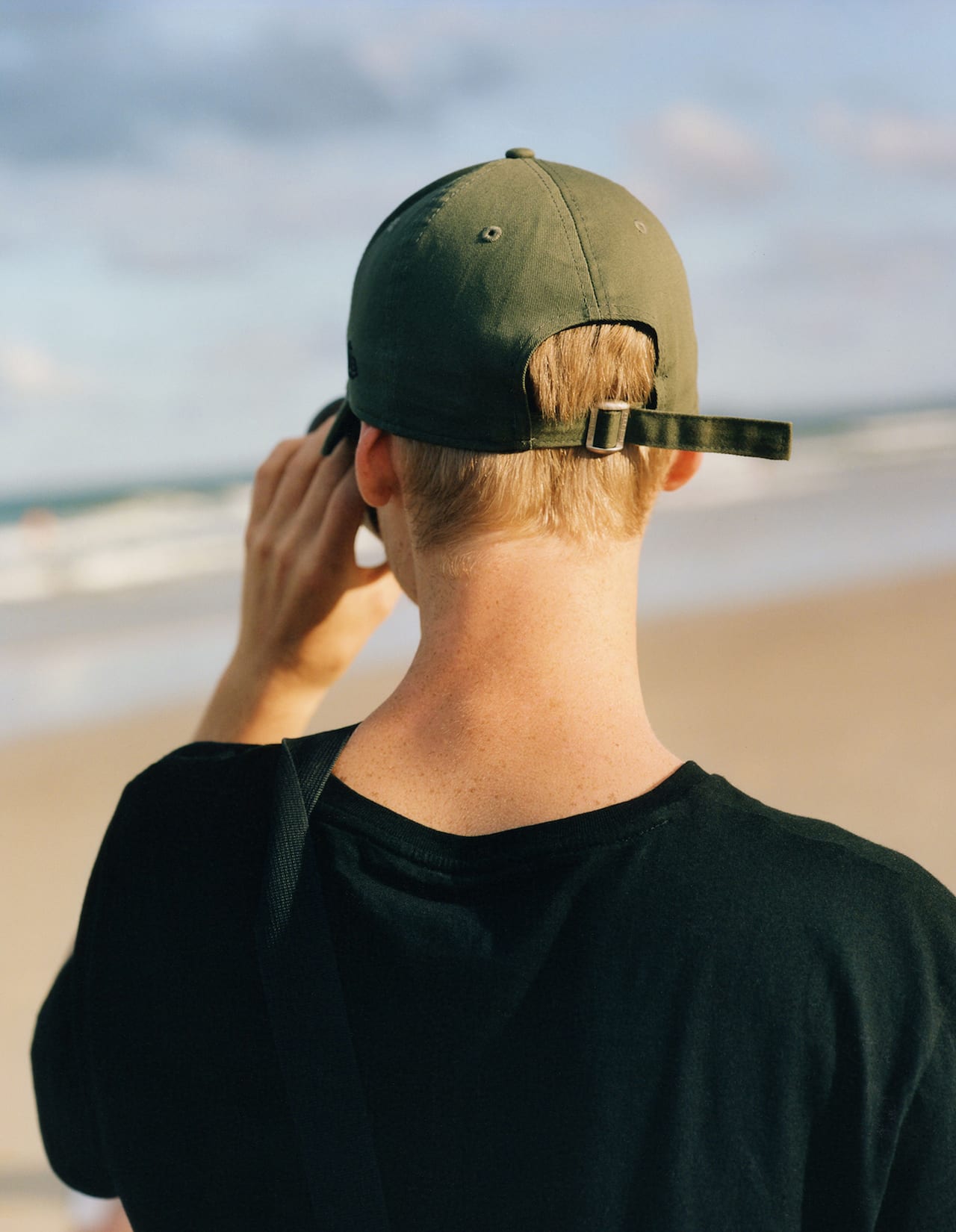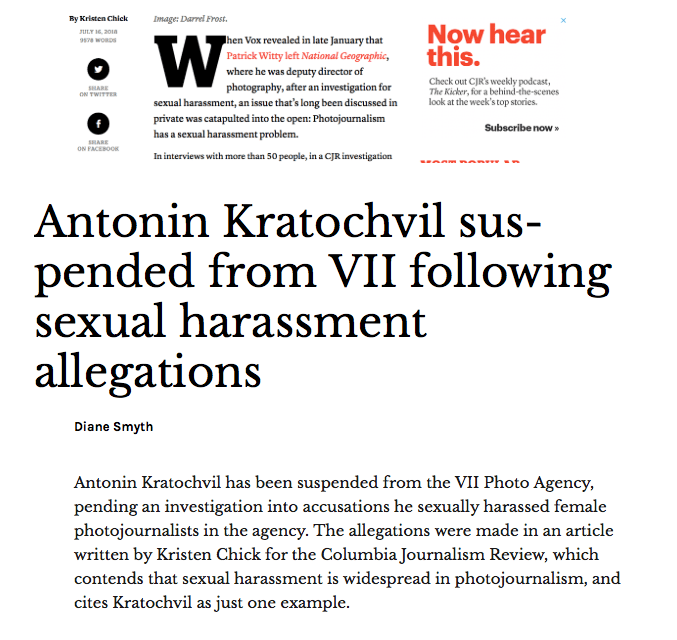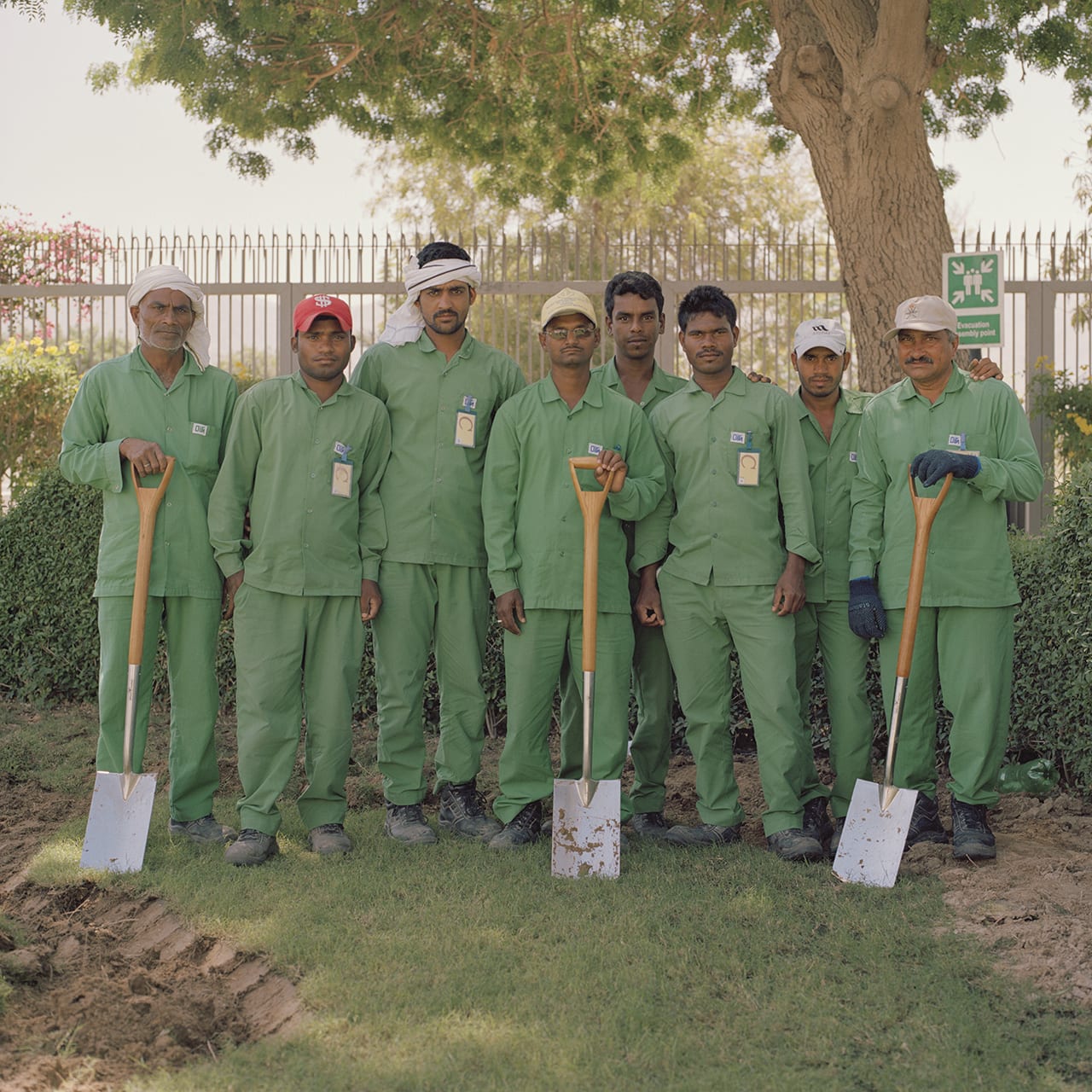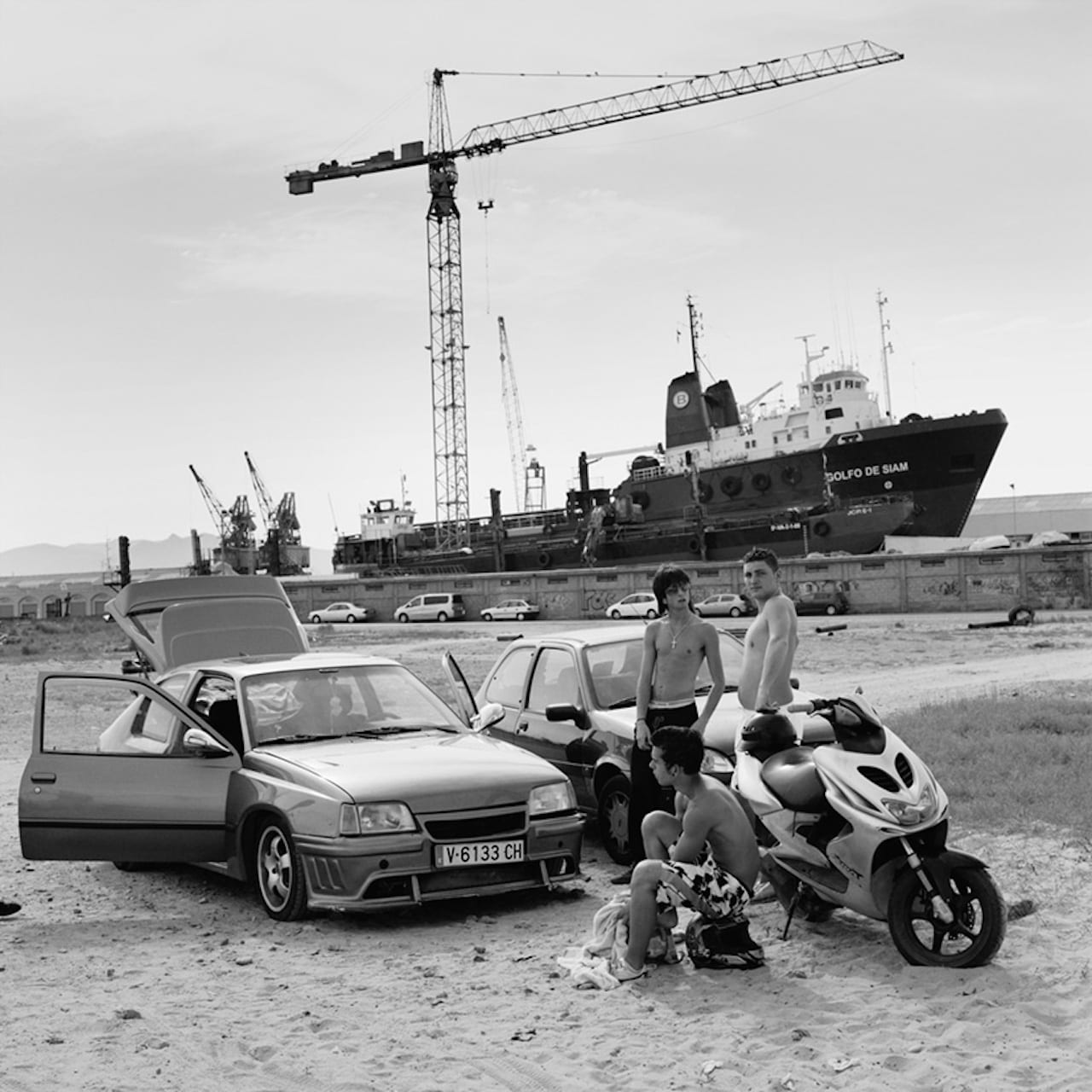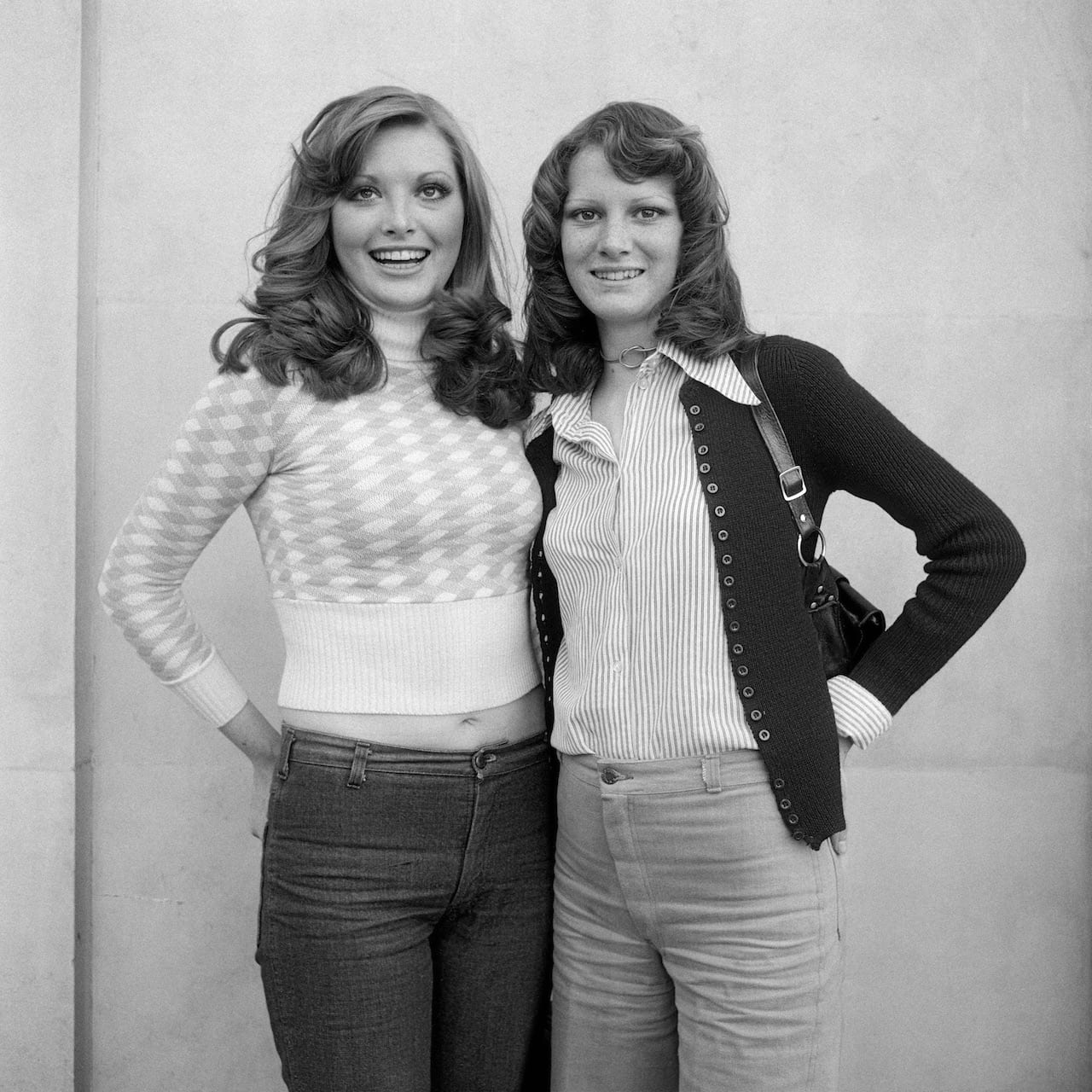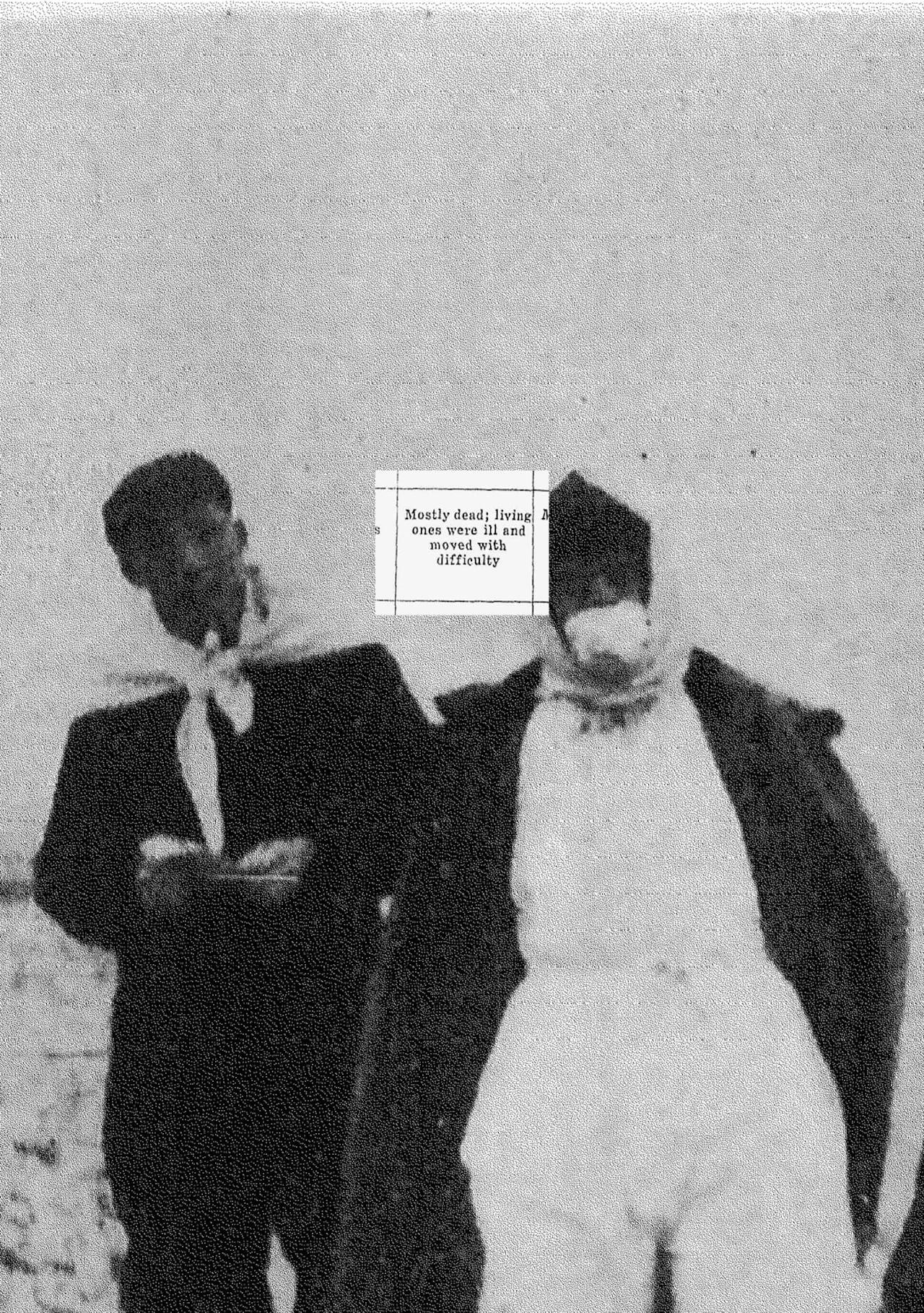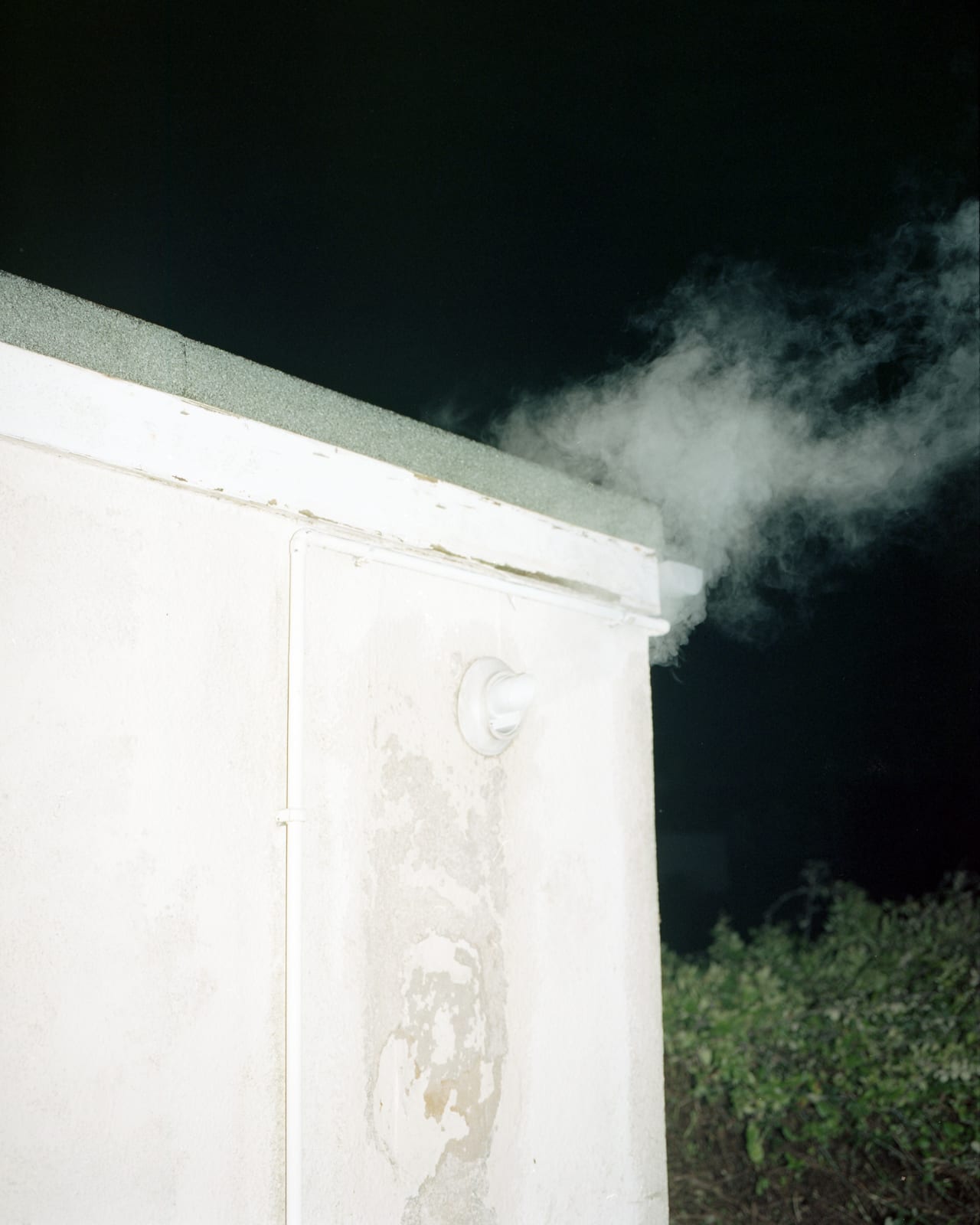“I never thought of myself as doing anything other than telling stories,” said Erich Lessing. “The camera became the medium through which I did that, but I don’t carry a camera everywhere I go. To me, it is simply the means to a very specific end. I observe the world through my eyes and not through the viewfinder of a camera. I don’t interpret, nor do I adjust anything in the dark room. I am a realistic photographer.”
They’re modest words from a man who created iconic images of the 20th century, and who was a member of Magnum Photos for well over half a century. His photographs of the Hungarian revolution in 1956 were seen around the world, as was his shot of the presentation of the Austrian State Treaty on the balcony of the Belvedere palace in front of a cheering crowd in 1955.

